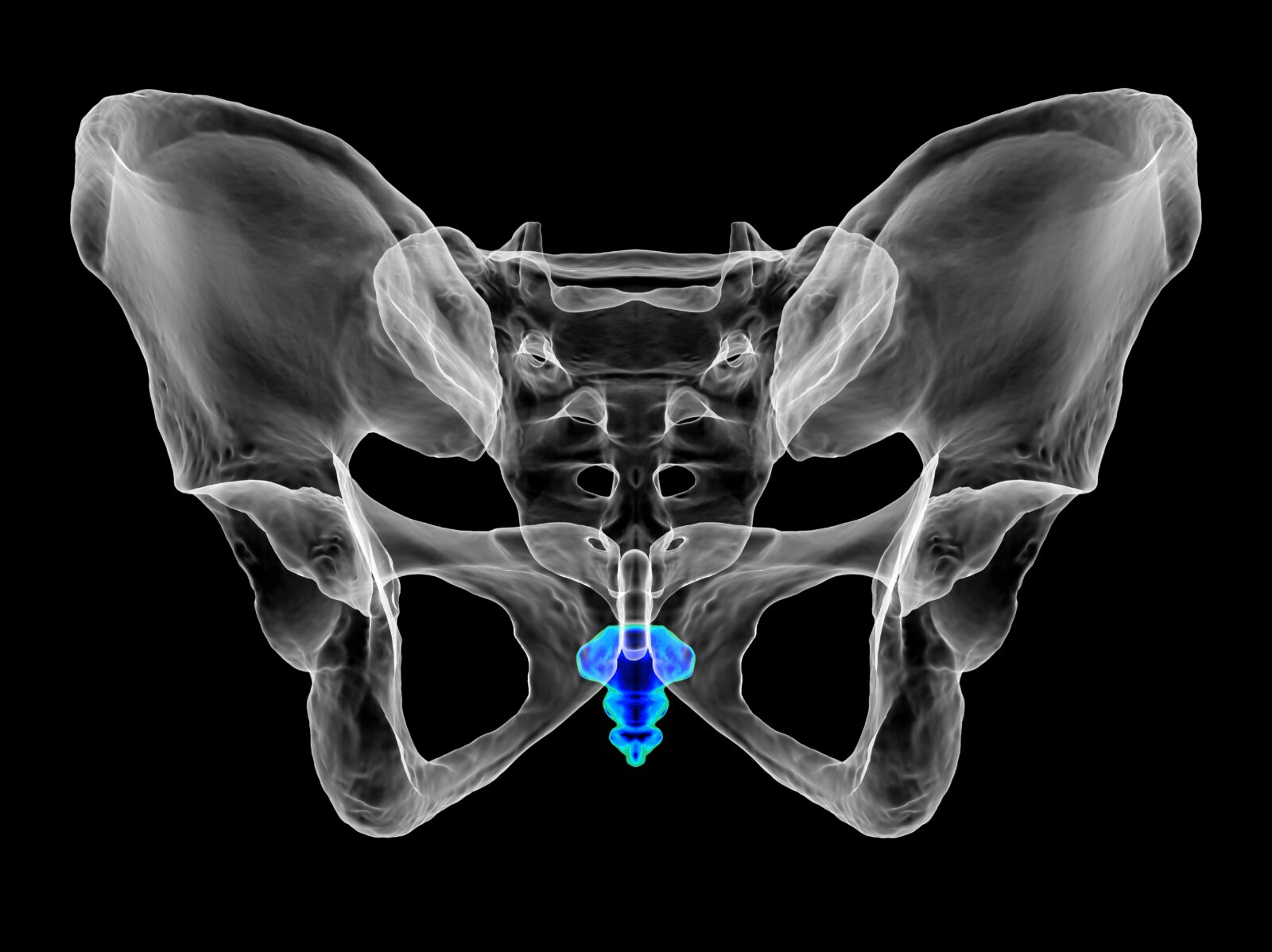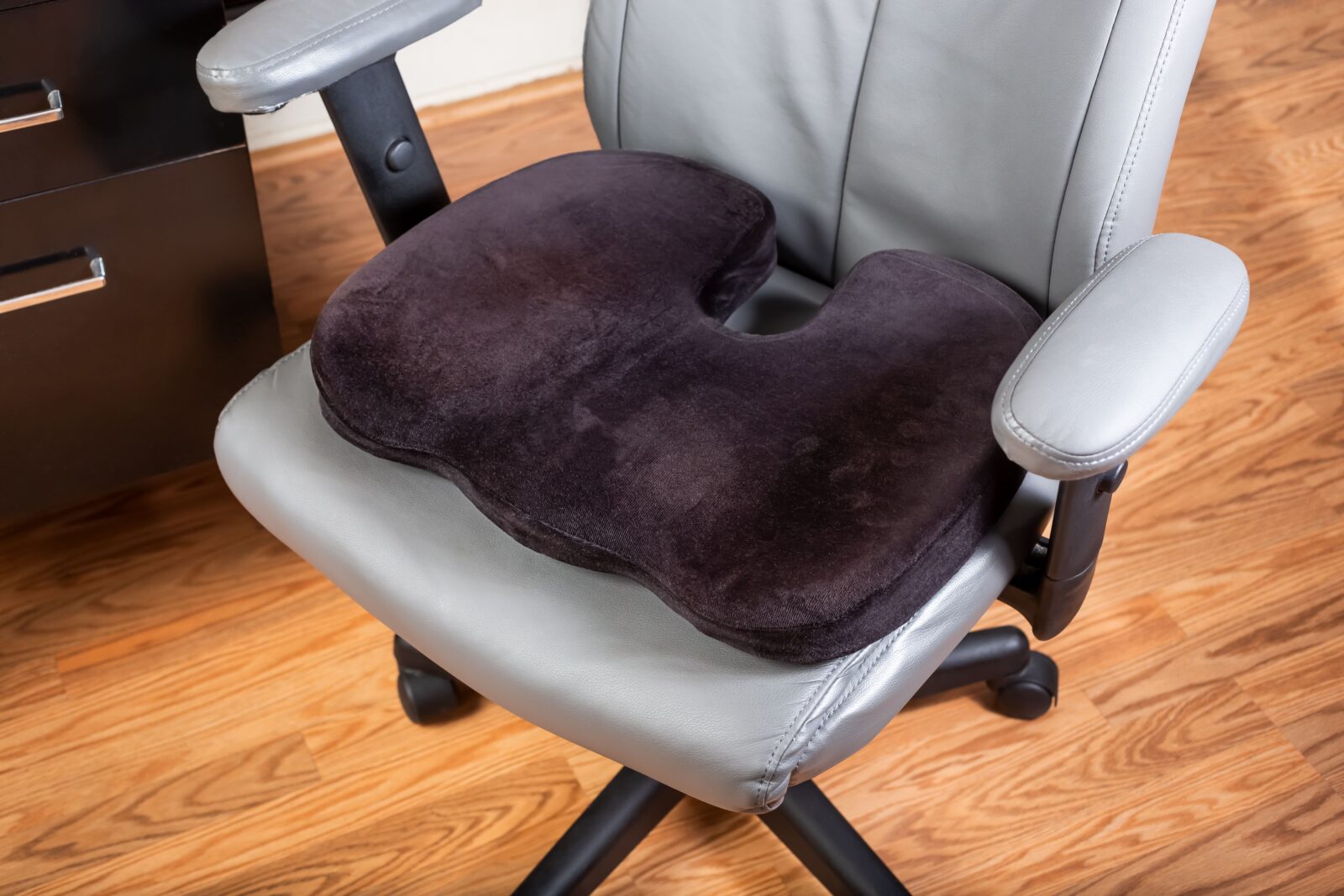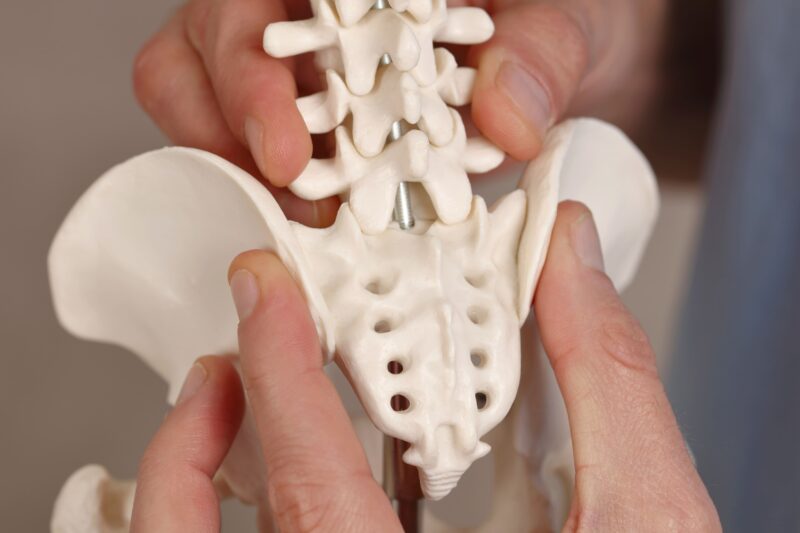Tailbone pain, also known as coccydynia, can be a frustrating and discomforting experience that affects millions of people worldwide. The tailbone, formally called the coccyx, is a small triangular bone at the bottom of the spine. While it may seem insignificant, tailbone pain can severely impact one’s quality of life, making sitting, standing, or even walking a challenge. In this blog, we’ll explore the common causes of tailbone pain and discuss potential remedies to find relief.
Understanding the Tailbone
The tailbone, also known as the coccyx, is a small triangular bone located at the base of the spine in humans. It is composed of three to five fused vertebrae, and its shape and size can vary from person to person. The coccyx is considered a vestigial structure, meaning it is a remnant of evolutionary ancestors that had tails.
While the tailbone may not serve a significant functional purpose in modern humans, it still plays a role in supporting and stabilizing certain structures in the pelvic region. Here are some functions of the tailbone:

- Attachment Point for Muscles and Ligaments: The coccyx serves as an attachment site for several muscles and ligaments that are part of the pelvic floor. These muscles and ligaments play a crucial role in supporting the organs within the pelvis and maintaining continence.
- Weight Distribution: When sitting or resting, the tailbone bears some of the body’s weight, helping to distribute pressure evenly along the lower spine. This distribution of weight is important for maintaining balance and stability during activities like sitting or standing.
- Supporting Movement: While humans don’t have functional tails like some other animals, the coccyx still plays a minor role in supporting movements involving the pelvis, such as shifting weight or rotating the hips.
- Protective Role: The coccyx may provide some degree of protection to the internal organs in the pelvic area by acting as a small cushion against external forces and impacts.
It is important to note that the tailbone’s function is not as critical as other parts of the spine, such as the vertebral column, which supports the upper body, protects the spinal cord, and enables various movements. However, despite its diminished function, the coccyx can still be a source of pain and discomfort.
Causes of Tailbone Pain
Traumatic Injury:
One of the most prevalent causes of tailbone pain is a traumatic injury or fall directly onto the tailbone. This can happen during accidents, sports-related activities, or even slipping on a wet surface. The impact can bruise, dislocate, or fracture the coccyx, leading to inflammation and pain in the affected area.
Repetitive Strain:
Sitting for prolonged periods, especially on hard surfaces or uncomfortable chairs, can place excessive pressure on the tailbone. People who have sedentary jobs or those who participate in activities that involve sitting for extended hours, such as driving or desk work, are more prone to developing tailbone pain due to repetitive strain.
Childbirth:
Women who have gone through natural childbirth may experience tailbone pain as a result of the coccyx shifting or becoming misaligned during the delivery process. The pressure exerted on the coccyx during childbirth can lead to inflammation and lingering pain in the postpartum period.
Infection or Abscess:
In some cases, tailbone pain can be caused by an infection or abscess in the area surrounding the coccyx. This can occur due to a skin infection, pilonidal cyst, or other underlying health issues. If you notice redness, swelling, or drainage from the area, it’s essential to seek medical attention promptly.
Degenerative Conditions:
Degenerative conditions such as osteoarthritis or age-related wear and tear can affect the spine, including the coccyx. Over time, the cushioning discs between the vertebrae may wear down, leading to pain and discomfort in the tailbone region.
Poor Posture:
Maintaining poor posture, whether while sitting or standing, can put unnecessary stress on the tailbone and the surrounding structures. Slouching or hunching over can lead to misalignment and contribute to tailbone pain over time.
Finding Relief:
Tailbone pain, or coccydynia, can be effectively treated by spinal specialists. The treatment approach will depend on the underlying cause of the pain and the severity of the symptoms. Here are some common methods used by spinal specialists to treat tailbone pain:

- Rest: Avoiding activities that aggravate the pain and giving the tailbone time to heal is often the first step in treatment.
- Ice or Heat Therapy: Applying ice packs or warm compresses to the affected area can help reduce inflammation and provide relief.
- Pain Medication: Over-the-counter pain relievers, such as acetaminophen or nonsteroidal anti-inflammatory drugs (NSAIDs), can help manage pain and reduce inflammation.
- Cushions: Using specialized cushions, such as donut-shaped or coccyx cushions, can relieve pressure on the tailbone when sitting.
- Physical Therapy: A physical therapist can design exercises to strengthen the muscles around the tailbone, improve flexibility, and promote better posture.
- Corticosteroid Injections: Spinal specialists may administer corticosteroid injections directly into the area around the tailbone to reduce inflammation and alleviate pain.
- Ganglion Impar Block: This procedure involves injecting a local anesthetic into the ganglion impar, a collection of nerves near the coccyx, to disrupt pain signals.
- Surgery is rarely required for tailbone pain, but in cases of severe trauma or persistent coccydynia with no relief from other treatments, surgical removal of the coccyx (coccygectomy) may be considered.
It’s essential to consult with a qualified spinal specialist to accurately diagnose the cause of tailbone pain and determine the most appropriate treatment plan. Tailbone pain can have various underlying factors, and the success of the treatment depends on addressing the specific cause and tailoring the approach to each individual’s needs.
In Conclusion:
Tailbone pain can be both debilitating and frustrating, affecting daily activities and overall well-being. Understanding the common causes of coccydynia is essential for seeking proper treatment and relief. While many cases of tailbone pain resolve with conservative measures, it’s crucial to consult a healthcare professional if the pain persists or worsens. By taking proactive steps and making necessary lifestyle adjustments, individuals can find relief from tailbone pain and regain control of their lives.










